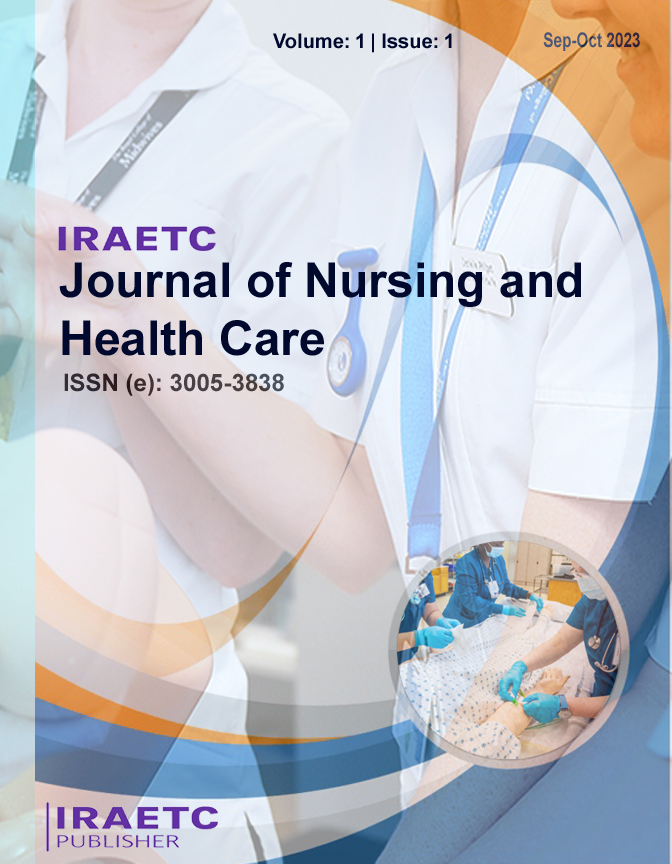Relaxation Techniques for Pain Management During Dressing in Adult Burn Patients: Evidence-Based Nursing

| Relaxation Techniques for Pain Management During Dressing in Adult Burn Patients: Evidence-Based Nursing |
| Md. Shahid Uddin, Usavadee Asdornwised, Sarunya Koositamongkol, Suma Rani Datta |
| https://doi.org/10.62469/ijnhc.v02i03.002 |
| Pdf Download |
